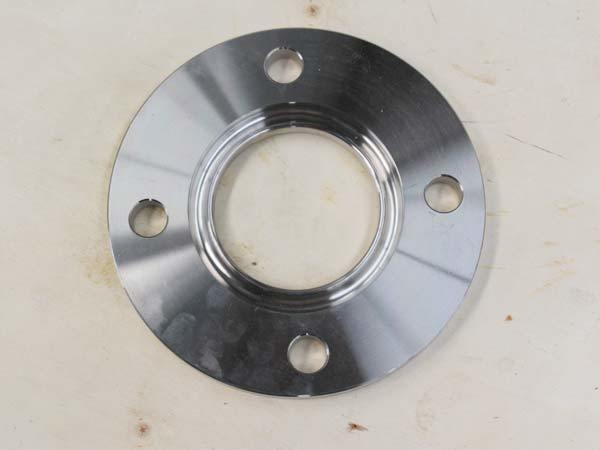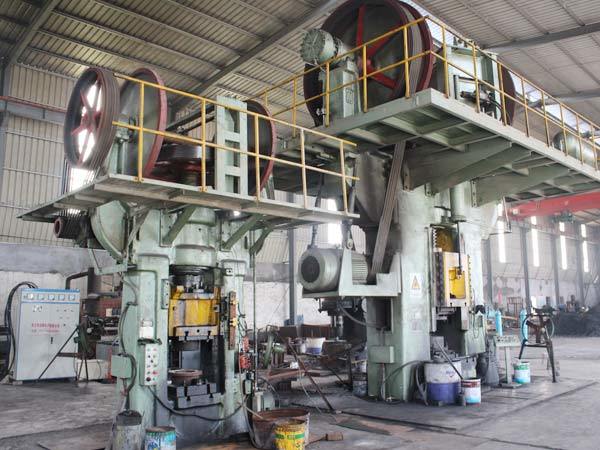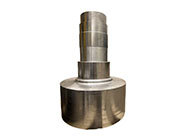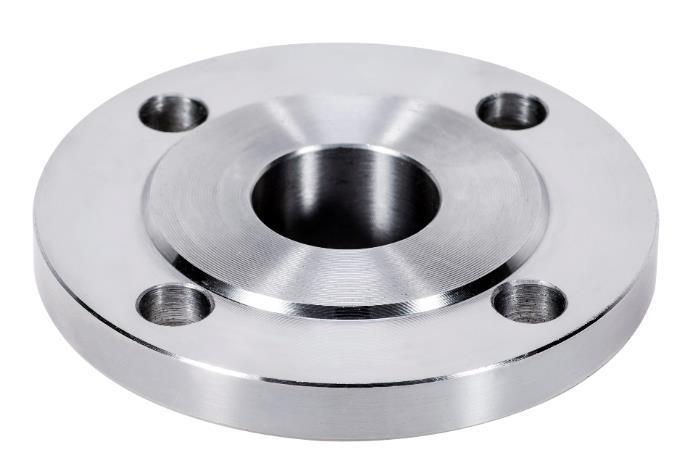How Japanese Standard Flanges Boost Your Pipeline Efficiency: A Comprehensive Guide
Release time:
2025-03-30
How Japanese Standard Flanges Enhance Your Pipeline Efficiency Introduction to Pipeline Efficiency and Flanges In the world of industrial piping systems, **pipeline efficiency** is paramount. The integrity and performance of a piping system can greatly influence operational costs, safety, and productivity. **Flanges** play a crucial role in this efficiency, serving as a connection point between di
How Japanese Standard Flanges Enhance Your Pipeline Efficiency
Introduction to Pipeline Efficiency and Flanges
In the world of industrial piping systems, **pipeline efficiency** is paramount. The integrity and performance of a piping system can greatly influence operational costs, safety, and productivity. **Flanges** play a crucial role in this efficiency, serving as a connection point between different sections of a pipeline. Among various standards, **Japanese standard flanges** have gained prominence due to their superior design and manufacturing quality.
In this article, we delve into how Japanese standard flanges can significantly enhance your pipeline efficiency, covering everything from their design features to practical applications in various industries.
Table of Contents
1. Understanding Japanese Standard Flanges
2. Key Features of Japanese Standard Flanges
3. Benefits of Using Japanese Standard Flanges
4. Applications of Japanese Standard Flanges in Different Industries
5. Comparing Japanese Standard Flanges with Other Standards
6. Best Practices for Installation and Maintenance
7. How to Choose the Right Flange for Your Project
8. Frequently Asked Questions (FAQs)
9. Conclusion
1. Understanding Japanese Standard Flanges
Japanese standard flanges are manufactured under strict regulations set forth by various Japanese industrial standards. These flanges are typically categorized under JIS (Japanese Industrial Standards) and are recognized for their consistent quality and performance.
The primary types include **slip-on flanges**, **blind flanges**, and **weld neck flanges**, each designed to serve specific functions in pipeline systems. The adherence to high manufacturing standards ensures that these flanges provide reliable connections that can withstand high pressures and temperatures.
2. Key Features of Japanese Standard Flanges
Japanese standard flanges boast several distinctive features that enhance pipeline efficiency:
2.1 Precision Manufacturing
The production of Japanese standard flanges involves advanced technology and rigorous quality control processes. This precision ensures that each flange meets the dimensional specifications and functional requirements necessary for optimal performance.
2.2 Material Quality
Typically crafted from high-quality materials such as stainless steel or carbon steel, Japanese flanges are designed to resist corrosion and wear. This durability contributes to the longevity and reliability of the entire piping system.
2.3 Design Versatility
Japanese standard flanges come in various designs to accommodate different applications. From high-pressure systems to chemical processing, these flanges can be tailored to meet specific operational needs, ensuring maximum efficiency.
3. Benefits of Using Japanese Standard Flanges
The integration of Japanese standard flanges into pipeline systems offers numerous advantages:
3.1 Enhanced Safety
Safety is a critical concern in any industrial setting. Japanese standard flanges are engineered to provide secure connections, minimizing the risk of leaks and failures that could lead to hazardous situations.
3.2 Improved Efficiency
By ensuring tight seals and robust connections, these flanges contribute to reduced energy loss and improved fluid flow. This efficiency translates into lower operational costs and increased productivity.
3.3 Long-Term Reliability
The durability of Japanese standard flanges means that they require less frequent replacements or repairs. This reliability not only saves money but also minimizes downtime, allowing for continuous operation.
4. Applications of Japanese Standard Flanges in Different Industries
Japanese standard flanges are utilized across various sectors, highlighting their versatility:
4.1 Oil and Gas Industry
In the oil and gas sector, where high pressures and corrosive materials are common, Japanese standard flanges provide the necessary strength and reliability to ensure safe transport and processing.
4.2 Chemical Processing
For chemical plants, maintaining the integrity of piping systems is critical. Japanese flanges are designed to handle aggressive substances while providing leak-proof connections.
4.3 Water Treatment Facilities
Water treatment plants benefit from the use of Japanese standard flanges, as they facilitate efficient water flow while ensuring that systems operate smoothly under varying pressures.
5. Comparing Japanese Standard Flanges with Other Standards
When evaluating flanges, it's essential to compare Japanese standards with other international standards such as ANSI, ASME, and DIN.
5.1 Quality and Precision
Japanese standard flanges are often regarded as superior in terms of manufacturing precision. The stringent quality checks ensure that these flanges perform reliably under challenging conditions.
5.2 Availability and Compatibility
While Japanese flanges are widely available, compatibility with existing systems can vary. It's crucial to assess whether they meet the specifications of your current infrastructure.
6. Best Practices for Installation and Maintenance
To maximize the efficiency and longevity of Japanese standard flanges, follow these best practices:
6.1 Proper Installation Techniques
Ensure that flanges are installed according to manufacturer guidelines. Utilize appropriate gaskets and bolting techniques to secure connections effectively.
6.2 Routine Inspection and Maintenance
Regularly inspect flanges for signs of wear or damage. Implement a maintenance schedule to address potential issues before they lead to system failures.
7. How to Choose the Right Flange for Your Project
Selecting the appropriate flange for your project involves several considerations:
7.1 Assessing Pressure and Temperature Requirements
Understanding the operational conditions of your piping system is crucial. Choose flanges that can withstand the specific pressures and temperatures you will encounter.
7.2 Material Selection
Consider the materials that will flow through the pipeline. Different materials may require specific flange types to ensure compatibility and prevent corrosion.
8. Frequently Asked Questions (FAQs)
8.1 What are the main types of Japanese standard flanges?
The main types include slip-on flanges, blind flanges, and weld neck flanges, each serving different purposes in pipeline systems.
8.2 How do I know which flange size to choose?
Flange sizes depend on the diameter of the pipes being connected. Consult specifications and standards to ensure a proper fit.
8.3 Are Japanese standard flanges compatible with other flange types?
Compatibility varies by design and standard. Always verify specifications when integrating different flange types.
8.4 What is the lifespan of Japanese standard flanges?
With proper installation and maintenance, Japanese standard flanges can last many years, significantly reducing the need for replacements.
8.5 Can I install Japanese standard flanges myself?
While it is possible to install flanges independently, it's recommended to hire a professional to ensure proper fitting and safety compliance.
9. Conclusion
In conclusion, **Japanese standard flanges** are a formidable choice for enhancing pipeline efficiency across various industries. Their precision manufacturing, quality materials, and design versatility ensure that they provide secure and reliable connections in challenging environments. By understanding their features and benefits, and by adhering to best practices for installation and maintenance, businesses can significantly improve the efficiency and reliability of their pipeline systems. Whether in oil and gas, chemical processing, or water treatment, the advantages of adopting Japanese standard flanges are clear. Investing in these high-quality components is not just a matter of compliance; it's a strategic decision for operational excellence.
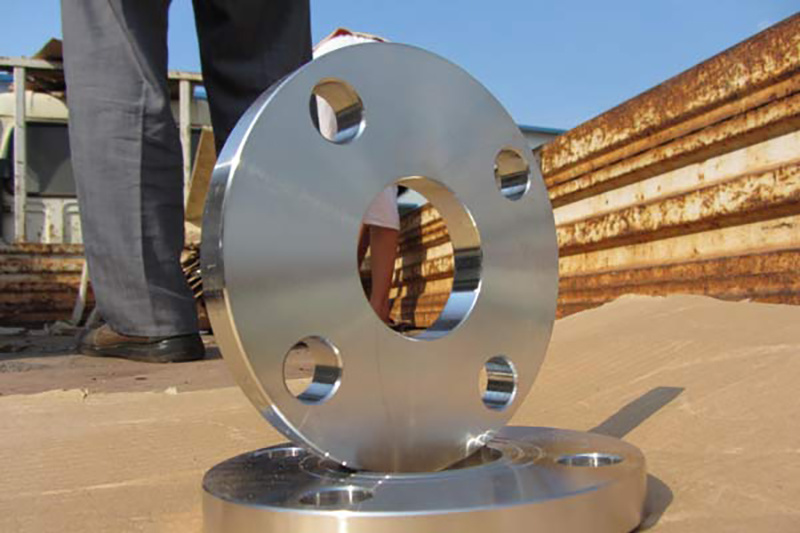
Latest developments
The Advantages of Using Flat Flanges in Architectural Design Table of Contents Introduction to Flat Flanges in Architecture Understanding Flat Flanges: Definition and Types Benefits of Using Flat Flanges in Architecture Enhancing Structural Integrity with Flat Flanges Design Flexibility and Aesthetic Appeal Cost-Effectiveness of Flat Flanges in Projects Applications of Flat Flan
Understanding Steel Industries Forgings: A Key Component in Construction and Decorative Materials
Forgings in the steel industry are a fundamental production technique that involves shaping metal through localized compressive forces. This process results in components that exhibit enhanced strength, durability, and resistance to fatigue compared to those produced through other methods, such as casting or machining. In the context of construction and decorative materials, steel forgings play a
Why Forging of Stainless Steel is Essential for Modern Industry
Why Forging of Stainless Steel is Essential for Modern Industry Table of Contents 1. Introduction to Stainless Steel Forging 2. Importance of Forging in Stainless Steel Production 3. The Forging Process: A Detailed Overview 4. Benefits of Forging Stainless Steel 5. Key Applications of Forged Stainless Steel 6. Innovations in Stainless Steel Forging 7. Environmental Imp
Understanding Non-Standard Flanges: An Essential Guide for Construction and Decorative Materials
Non-standard flanges, as the name suggests, are flanges that do not conform to widely recognized industry standards. While standard flanges are manufactured to meet specific dimensions, pressure ratings, and material compositions defined by organizations like ASME, ISO, or ANSI, non-standard flanges offer flexibility to cater to unique project requirements. This can include variations in size, sha
How Japanese Standard Flanges Boost Your Pipeline Efficiency: A Comprehensive Guide
How Japanese Standard Flanges Enhance Your Pipeline Efficiency Introduction to Pipeline Efficiency and Flanges In the world of industrial piping systems, **pipeline efficiency** is paramount. The integrity and performance of a piping system can greatly influence operational costs, safety, and productivity. **Flanges** play a crucial role in this efficiency, serving as a connection point between di
Understanding American Standard Flanges: Essential Insights for Construction Professionals
American standard flanges are critical components in piping systems, commonly used in construction and various industrial applications. These flanges serve as connection points for pipes, valves, and other equipment, ensuring a secure and leak-proof assembly. Understanding the specifications and applications of American standard flanges is essential for construction professionals involved in the d



